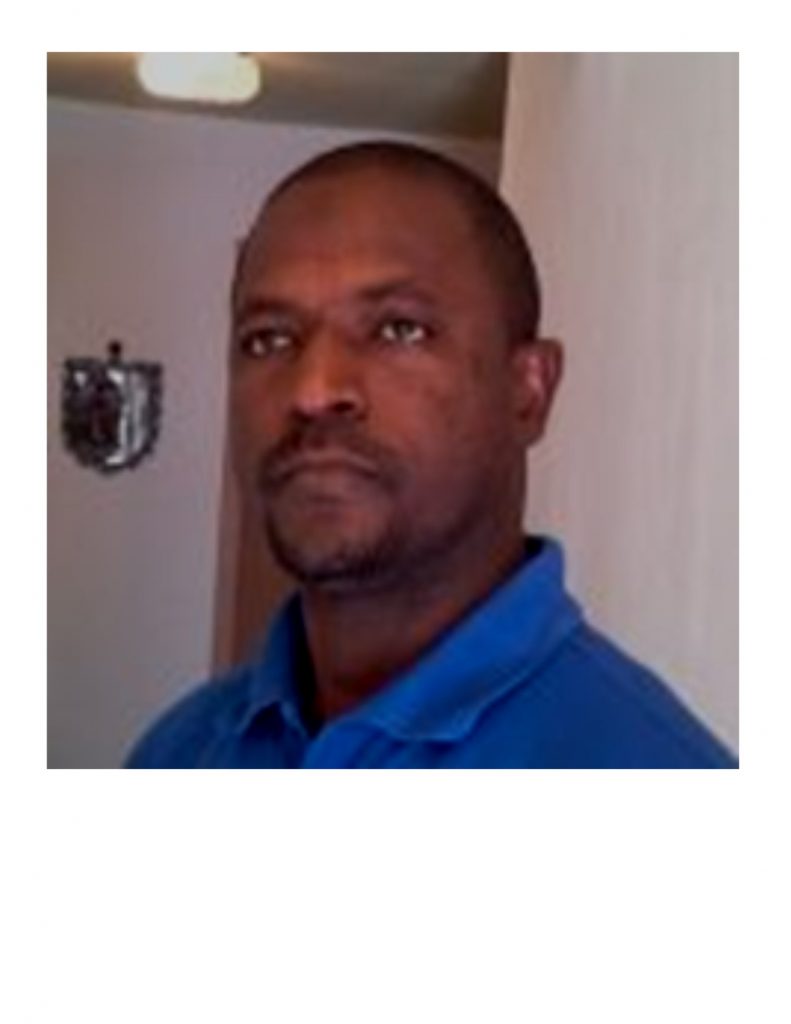28/07/2020enershelf newsInterview, WASCAL
Interview with Seyni Salack and Samuel Guug from WASCAL on how they collect meteorological data for the EnerSHelF project at the field sites in Ghana.
WASCAL is involved in WP 3.2, which aims to forecast the key meteorological variables for solar power generation and consumption at the field sites. How does WASCAL collaborate with the University of Augsburg within the work package?
In collaboration with the University of Augsburg (UniA), WASCAL provides technical support in collecting, processing, and analyzing observational data from the local observatory networks and pilot sites. It also acts as an interface between the EnerSHelF project teams in Germany and local stakeholders, for instance the Ghana Meteorological Agency. With this, we aim to foster synergies among the actors to achieve a seamless workflow.
How is the meteorological data, which WASCAL delivers for the project included and used for the EnerSHelF project?
First, the acquired data is run through a quality control before it is formatted and analyzed to complement the computer-based models used for the project. Thereby, the data supports the decision-making processes affiliated with EnerSHelF.
Additionally, we use the WASCAL Data Infrastructure and portals (WADI) as a data repository to host the EnerSHelF data. It provides end-users a graphical user interfaces to register, explore, upload, and download the data. As soon as they are available, all datasets from the EnerSHelF project will be available here.
At which stage of your work are you at and what are the next steps?
The collection of observational data is an on-going process for us now. Moreover, three sites were selected, dimensioned, and cleared to erect newly acquired automatic weather stations (AWS). The equipment reached our office in Accra and has been pre-inspected before field deployment.
Dr. Seyni Salack at one of the Automatic Weather Stations
Furthermore, historical meteorological data were collected, and they undergo an advanced analysis to be compared to the performance of WRF-Solar simulations conducted by the team at UniA. We plan to harmonize both the observed and simulated datasets to issue a peer-review paper soon. After the implementation of the AWS, our team will start uploading the datasets to WADI for the benefit of all EnerSHelF work packages. Finally, additional research questions are set forth by work package 3.2 to move forward with specific project objectives.

Seyni Salack is a senior climate scientist and coordinator of all research activities on “Risks and vulnerability to Climate Extremes” at WASCAL. He holds a PhD in Climate and Climate Impacts from the University Cheikh Anta Diop of Dakar, Senegal. He works on Climate extremes, Agricultural meteorology, Climate-Energy Nexus, Climate Change impacts, Near-surface Observation Systems, Sub-Seasonal-to-Seasonal forecasts, Climate modelling and Statistical Methods in Climate research. He is the author and co-author of many peer-reviewed publications and conference talks, supervisor of students’ theses, as well as team leader and investigator to many projects. At the top of more than 15 years’ experience in research, development actions and capacity building projects, he is now the lead scientist of the EnerSHelF project at WASCAL.

Samuel S. Guug is a research assistant and coordinator of the Vea/Sissili research basins at WASCAL, based in Bolgatanga, Ghana. He holds a Bachelor of Science (BSc) in Environmental Sciences and Master of Philosophy (MPhil) in Soil and Water Conservation and Management from the University for Development Studies at Tamale. He has over seven years of working experience in hydro-meteorological instrumentations and has since been in charge of the WASCAL observation networks at the Vea/Sissili basins in Ghana and Southern Burkina Faso.
Post navigation
← How Internal and External Factors Influence PV Solar Solutions A Glimpse Behind the Scenes of the EnerSHelF project →
Recent Posts
- A Glimpse Behind the Scenes of the EnerSHelF project
- The Ongoing Process of Collecting Meteorological Data
- How Internal and External Factors Influence PV Solar Solutions
- How Measurement Data is Used to Derive a Load Model for Ghanaian Health Facilities
- Green, Yellow, and Red – How a Traffic Light System Could Guide the Users at the Health Facilities in Ghana

